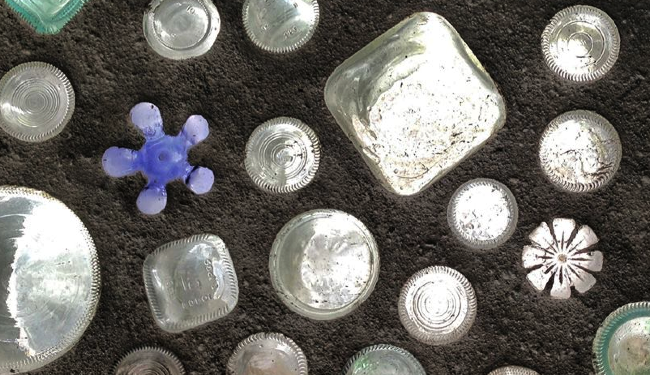Can you cut 1 Tonne of carbon pollution out of your life?
Take the challengeThe homes of the Future: Beautiful and Energy Efficient!
Blog written by Bob Gorman, freelance writer.
Designing a both sustainable and beautiful home poses a slight challenge for architects. However, energy costs are on the rise and our energy future is uncertain. Therefore, more and more architects, home builders and future homeowners are deciding to "go green" and turn to the increasingly rewarding idea of sustainable and energy-efficient building.
The benefits of sustainable homes are undeniable and numerous: they reduce our carbon footprint and have minimal impact on the environment; they also help homeowners by lowering their monthly energy bills, thus increasing overall comfort and well-being. Additionally, they raise resale value and bring tax incentives, while managing to incorporate both sustainability and cutting-edge design without diminishing functionality and aesthetics.
Given all these benefits, sustainable homes will surely become mainstream in the future, bringing a real revolution to the way we live.

1. Energy Efficiency
Reduction in energy consumption is the foundation of sustainable building. Perhaps you were not aware of the fact that buildings are the number one pollutants and energy spenders – they account for almost 50 percent of greenhouse gas emissions. In the US only, buildings are responsible for 35 percent of energy use and the majority of that is spent on heating, cooling and ventilation.
Most modifications in eco-homes are aimed at making them spend as little as possible or produce their own energy (e.g. solar panels). What can we do to improve the energy efficiency of our homes? Increasing the quality of ventilation and insulation, installing double-glazed doors and windows, using efficient appliances and lighting are all excellent ways to help the environment and your budget at the same time.
2. Passive Design
There are several important components of passive, energy-efficient design: orientation, ventilation, insulation, spatial zoning, thermal mass, shading and glazing. With the help of these practices, a home utilises the power of the sun by letting heat in during the cold months and preventing overheating in the summer. This way, architects design homes with a perfectly balanced temperature that require minimal additional heating and cooling.
What does this look like in practice? The house can be oriented so its long side faces south or north (depending on the hemisphere); it can feature overhangs, strategically placed windows, shade trees and draft-proofing devices; it could also use thermal mass which absorbs heat, etc. Sustainable design doesn't have to be unusual as most green homes look pretty ordinary. However, those who are fond of unique and futuristic design have plenty of choices at their disposal.

3. Sustainable Materials
There can't be a green home without a careful choice of materials during both construction and furnishing. The aim of using sustainable and locally sourced materials is to lower embodied energy and waste. As stated on Boutique Homes website, this can be done by building according to efficient design principles (passive, etc.) and the use of recyclable/recycled materials or even construction waste. All the benefits of a sustainable design will be nullified if a house is built with more processed materials that have high embodied energy.
There are plenty of green materials that are affordable and easily available for builders. Even scrap materials can be extremely useful (beer cans, automobile tires) and incorporated into a modern house perfectly. Always use locally sourced timbers and fast-growing trees (e.g. bamboo), non-toxic and low volatile compounds, or old-fashioned materials such as rammed earth or clay. More importantly, keep their use to a minimum.
